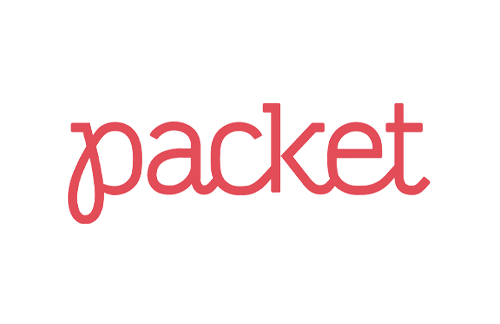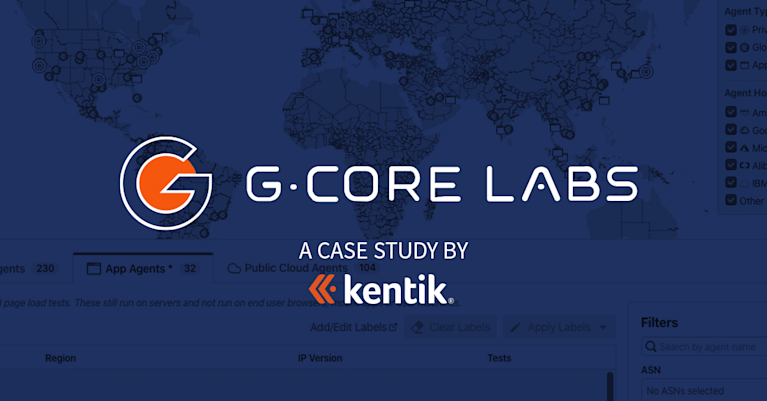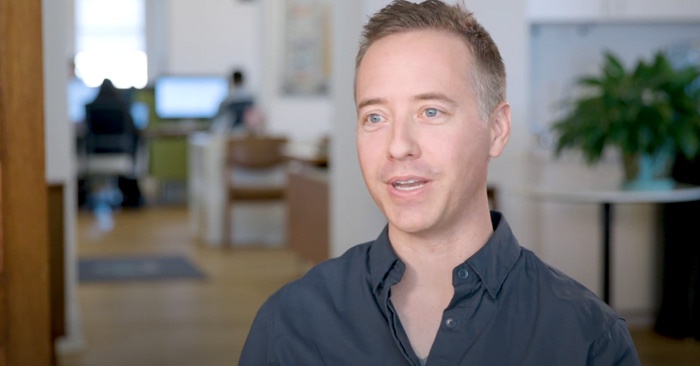How Packet Uses Kentik to Make Infrastructure a Competitive Advantage

Summary
Packet is focused on automating single-tenant bare metal compute infrastructure. On a mission to enable the world’s companies with a competitive advantage of infrastructure, Packet turned to Kentik for network visibility and insights.

“The one thing that is simply not a negotiable aspect these days is your network, so any investment you can make, such as with tools like Kentik, really can give you the insights you need to know, what is worth doing, where you should spend your time, and how you can react when there are issues,” says Zachary Smith, Co-founder and CEO of Packet.
“Kentik gives us the visibility we need to address the incidents in a professional manner and without impact to our customers,” reports Adam Rothschild, Co-founder and SVP of Network and Data Center at Packet.
Check out all the ways Packet leverages Kentik in our new video or read the transcribed Q&A from Zac and Adam below.
Q: Who is Packet?
Zachary Smith, Co-founder and CEO of Packet:
Packet is focused on automating single-tenant bare metal compute infrastructure. Our mission is to enable the world’s companies with a competitive advantage of infrastructure. And so to do that, we offer a bare-metal public cloud in over 20 places around the world.
Customers like Sprint run their 5G IoT network off of Packet, and we support them in building infrastructure and giving them the fundamental network primitives so that they can deliver their IoT platform. In order to do that, Packet needs to:
- Make sure the network is always up;
- Provide customers with enough insights so that they can optimize, tune, react to things that are happening on the core platform;
- Automate everything to a level that a user would expect.
Q: Why did Packet turn to Kentik?
Adam Rothschild, Co-founder and SVP of Network and Data Center at Packet:
Packet had a lot of needs for deep analytics into our network and where our traffic was going. This was a really multifaceted need:
- Our account teams needed to understand profitability on a per-customer basis.
- Our systems and security teams had a need for identifying any sort of denial-of-service attack or any sort of compromised server within the network.
- Our network engineering teams had a need to understand where our traffic was going, what providers were we exchanging traffic with to try to drive any sort of network expansion, peering and commercial relationships, and more.
We had looked at various open-source tools that could solve for some of our problems. We also looked at commercial software that could solve other problems. We pretty much did a buy versus build calculus and considered writing our own software to solve for some of it. At the end of the day, it was really just the one-stop-shop approach that drew us into Kentik.
Q: How does Packet use Kentik?
Adam: We no longer have engineers that are flying blind and trying to use disparate tooling or manual methods to figure out what’s going on. We have a dashboard in front of us. We know immediately know what’s going on with our network at any point in time.
Zac: Recently, we had an issue where our internal observability and metering platform for traffic management had a bug, and we were able to identify ─ using flow records from the Kentik platform, writing custom queries, pretty easily through the GUI and our API ─ to come up with a secondary way to audit our billing for our customers. That saved us days and days of time and potentially lost revenue and resulted in accurate billing for our customers.
The other thing we’ve been able to do recently is to help our customers identify where they should be putting more of their infrastructure. We have 23 locations around the world. For some of our customers, it’s hard to determine, “Well where should I be placing my infrastructure?” That’s a really hard situation because something you might think is, “Oh, I really want to reach Europe, so I should put my infrastructure in Amsterdam.” Except for actually, maybe 50-60% of your flows go to other SaaS companies or clouds or infrastructure partners. Being able to take reports from Kentik and show, on a per-customer basis, the destinations and types of traffic, we’re able to help through our sales process and come to a better answer for our customers.
Q: How does Packet use Kentik for network security?
Adam: As a cloud provider, DDoS is a core focus here at Packet. We deal with many incidents per day or per week, and Kentik gives us the visibility we need to address the incidents in a professional manner and without impact to our customers.
Beyond basic DDoS, we also use Kentik to identify any sort of internet vulnerabilities or any customer servers that might be compromised and being used in a malicious manner, so that we can remove that from our network in a quick and automated manner as well.
Q: What is the ROI Packet gets from Kentik?
Zac: One of the most delightful surprises of using Kentik is that they’ve taken a really, really hard problem around how to analyze billions of flow records, across a super complex thing like a global IP network like ours, and turned it into something that’s really enjoyable to use.
We’re able to take users who may be from our customer service team or developers who work on our platform, who have very little network knowledge, and they’re able to leverage this Kentik platform to do their jobs.
On the flip side, you can take a 20-year network veteran, who’s literally tried every single tool and built the biggest platforms in the world, and they’re able to find value out of Kentik every single day.
The takeaway
Zac: The one thing that is simply not a negotiable aspect these days is your network, so any investment you can make, such as with tools like Kentik, really can give you the insights you need to know, what is worth doing, where you should spend your time, and how you can react when there are issues.
The ROI for us is that, instead of building these tools in a subpar manner, we’re able to leverage a best-in-class product from Kentik, let our engineers get back to work, delivering on product or insights or bringing value to our customers.
To see how Kentik can help your organization, schedule a demo or start a free trial.



